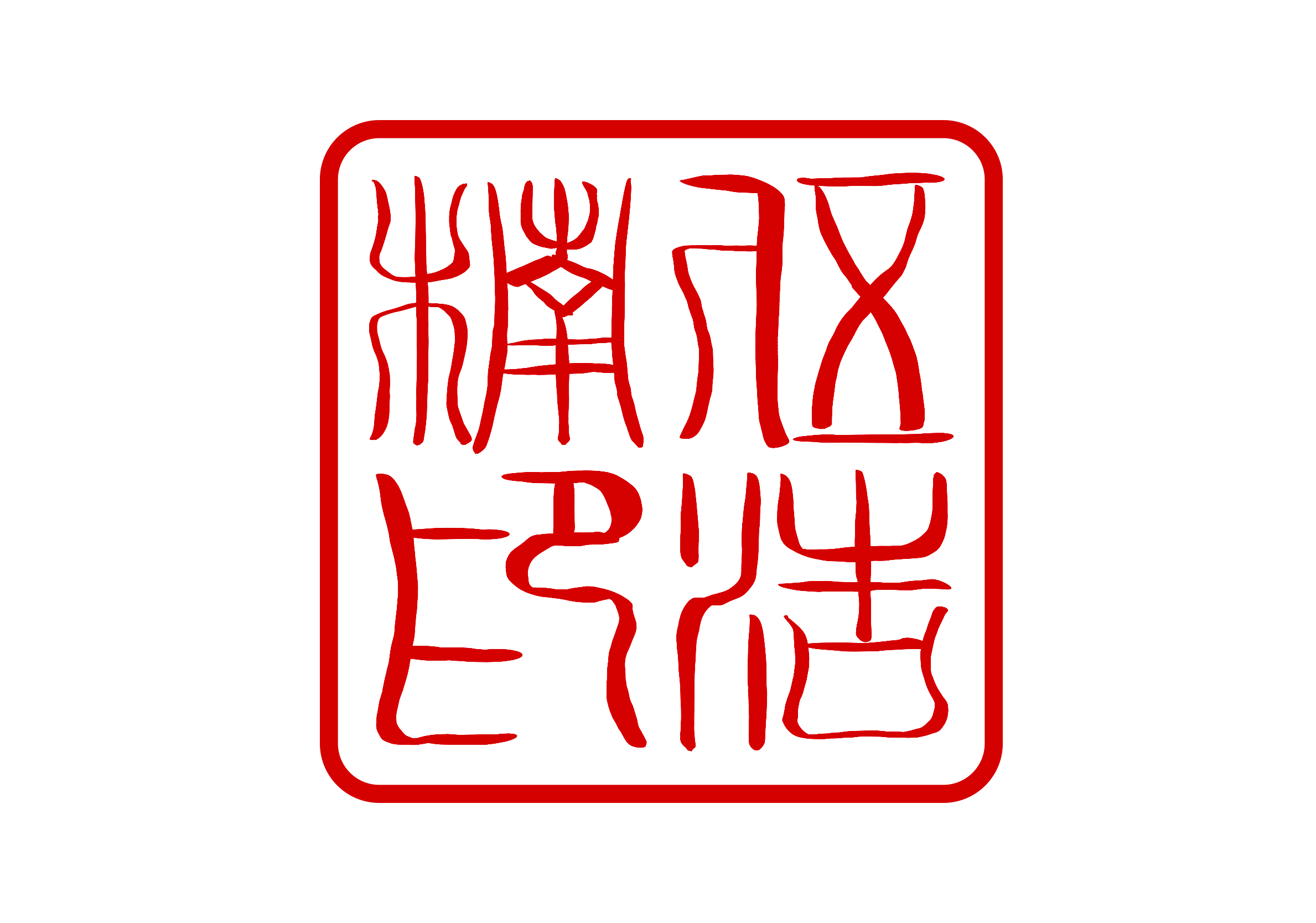Undergraduate Thesis (360° Collage Animation Video) by Ken Wu
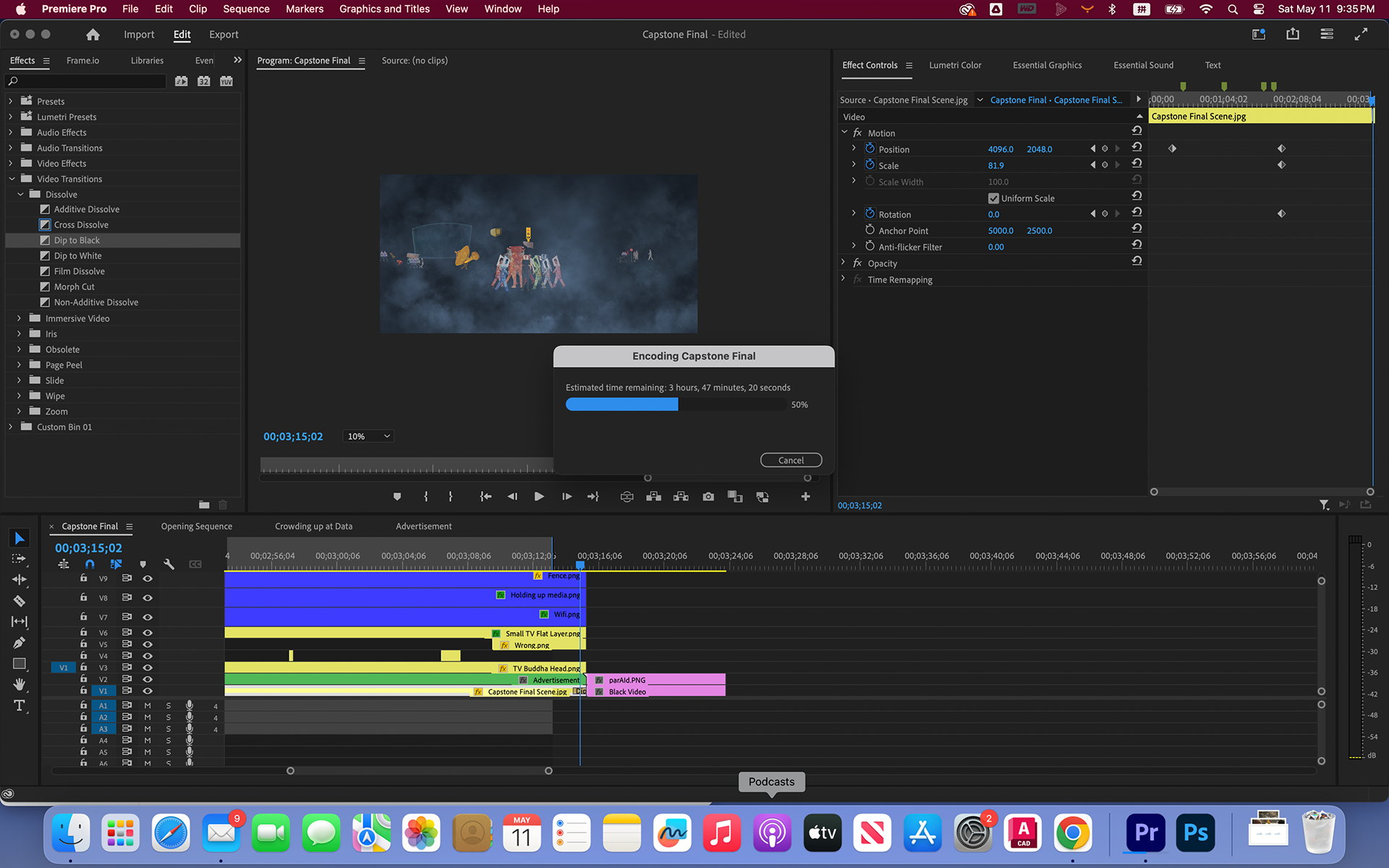
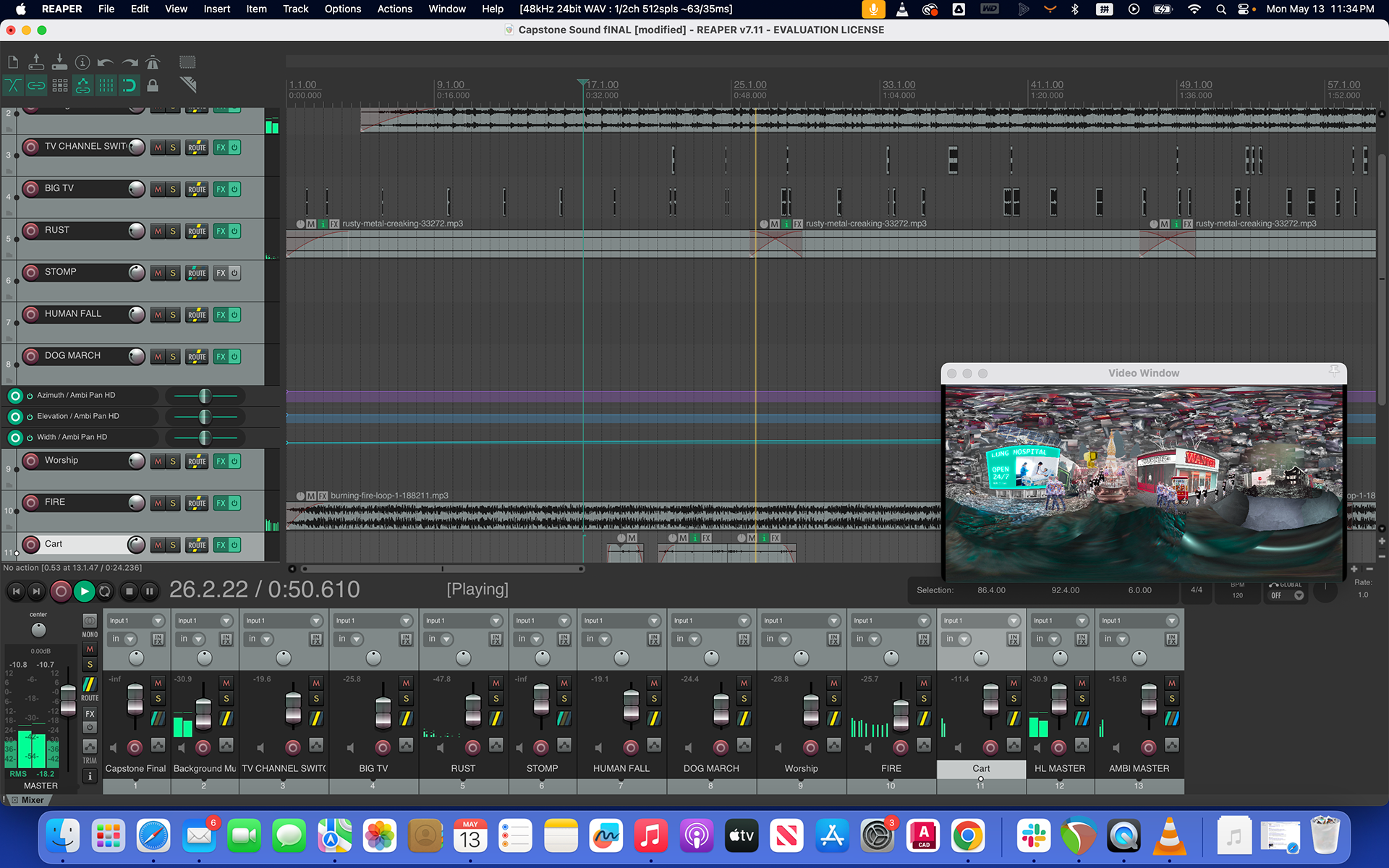
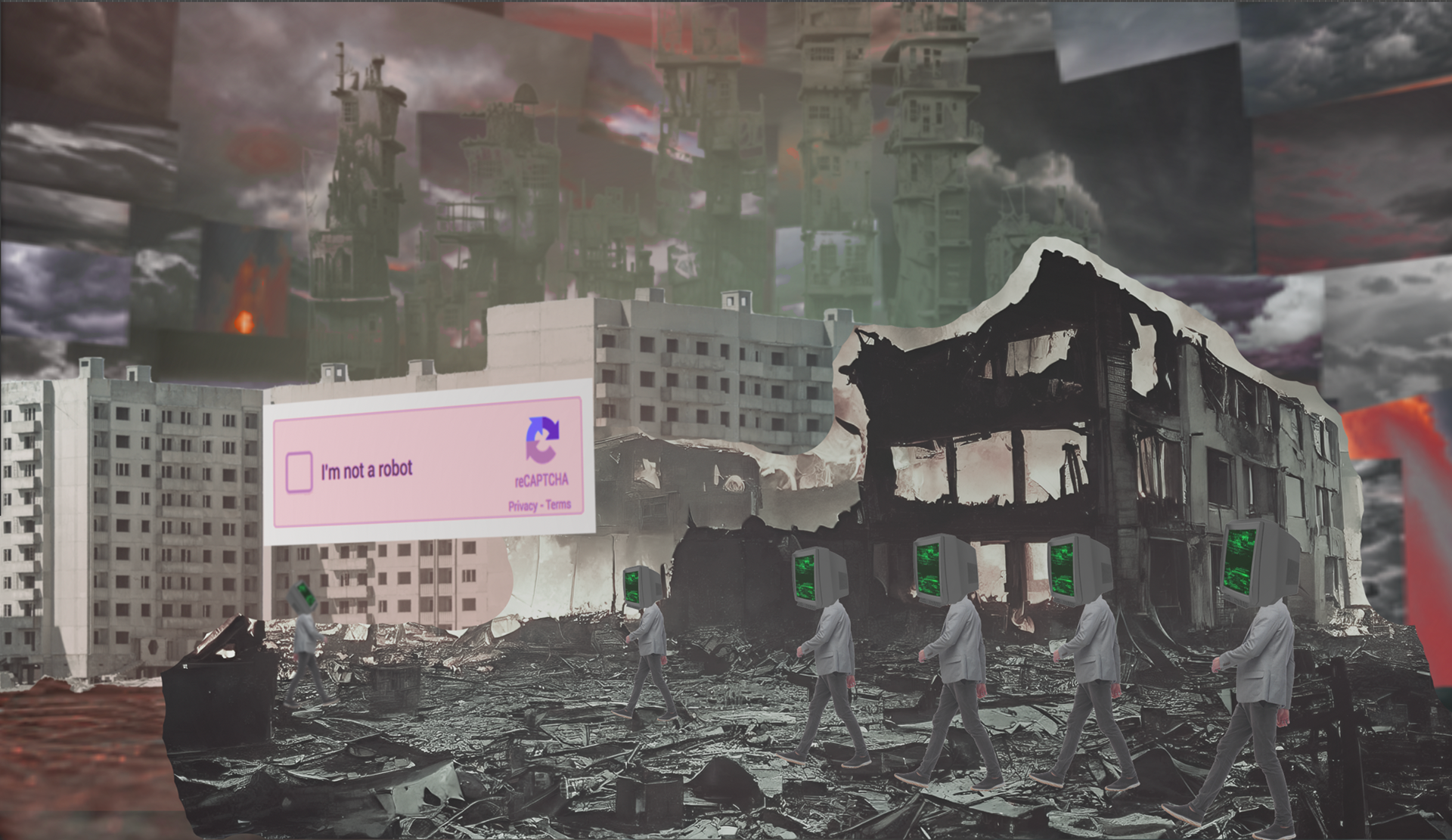
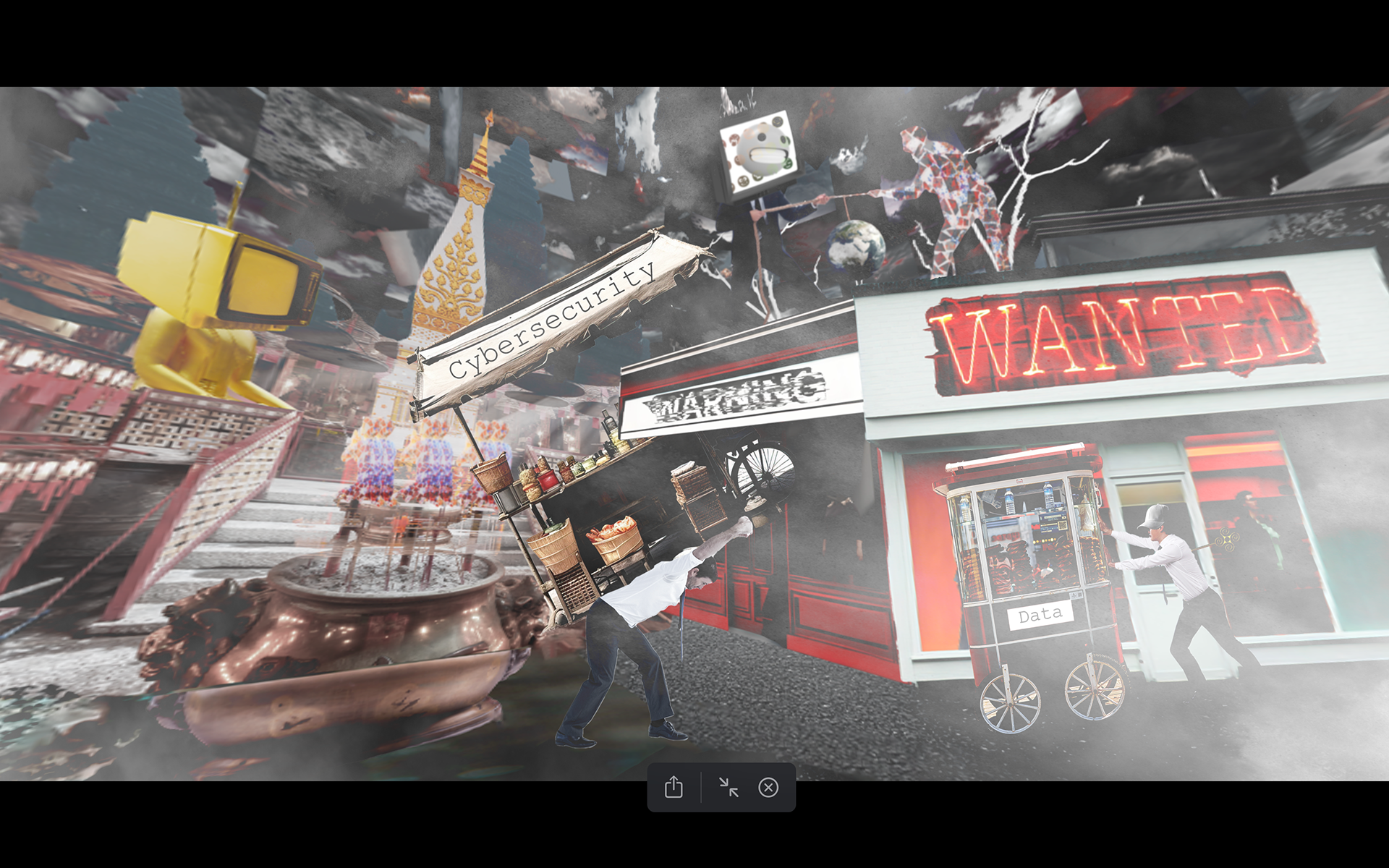
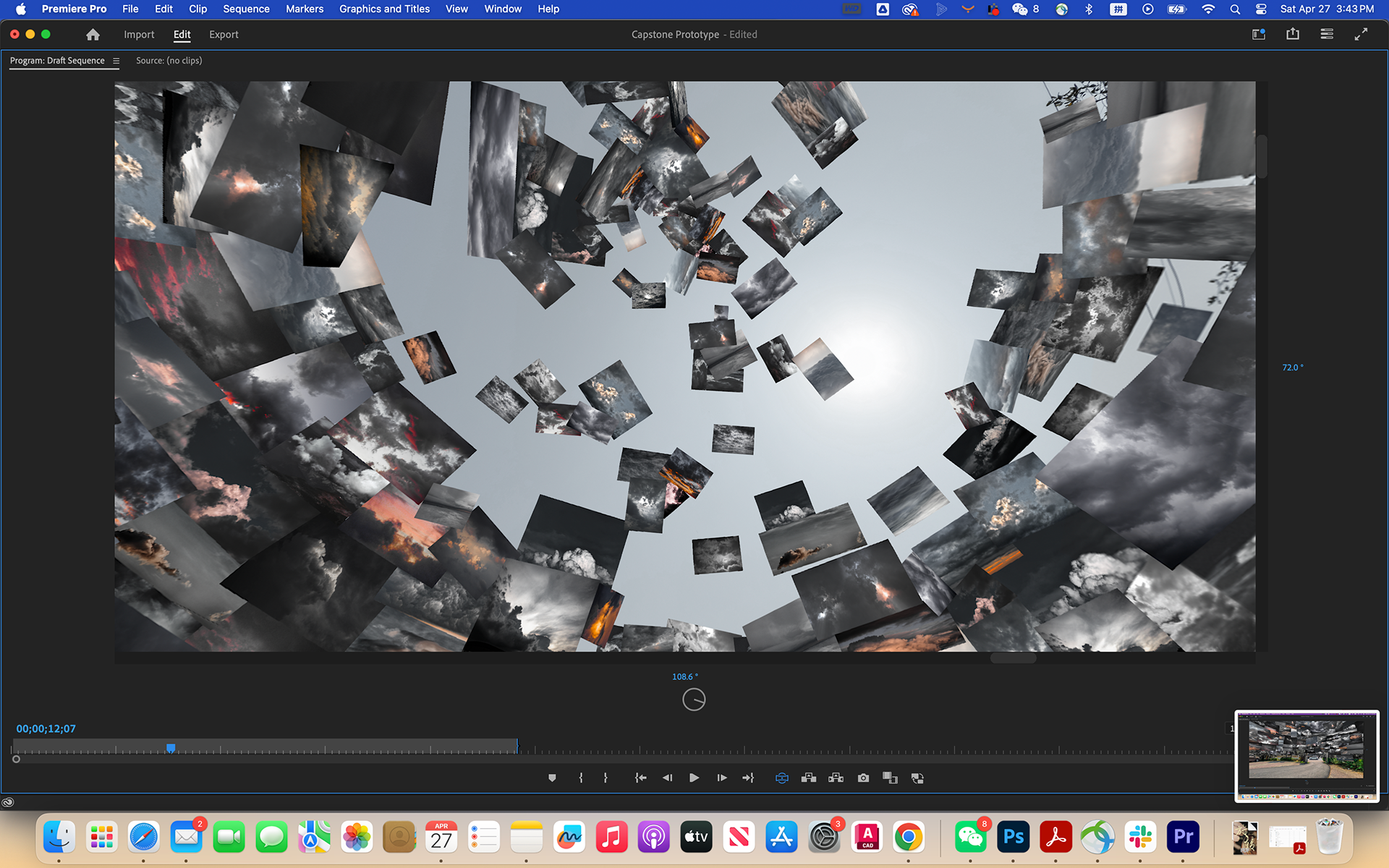

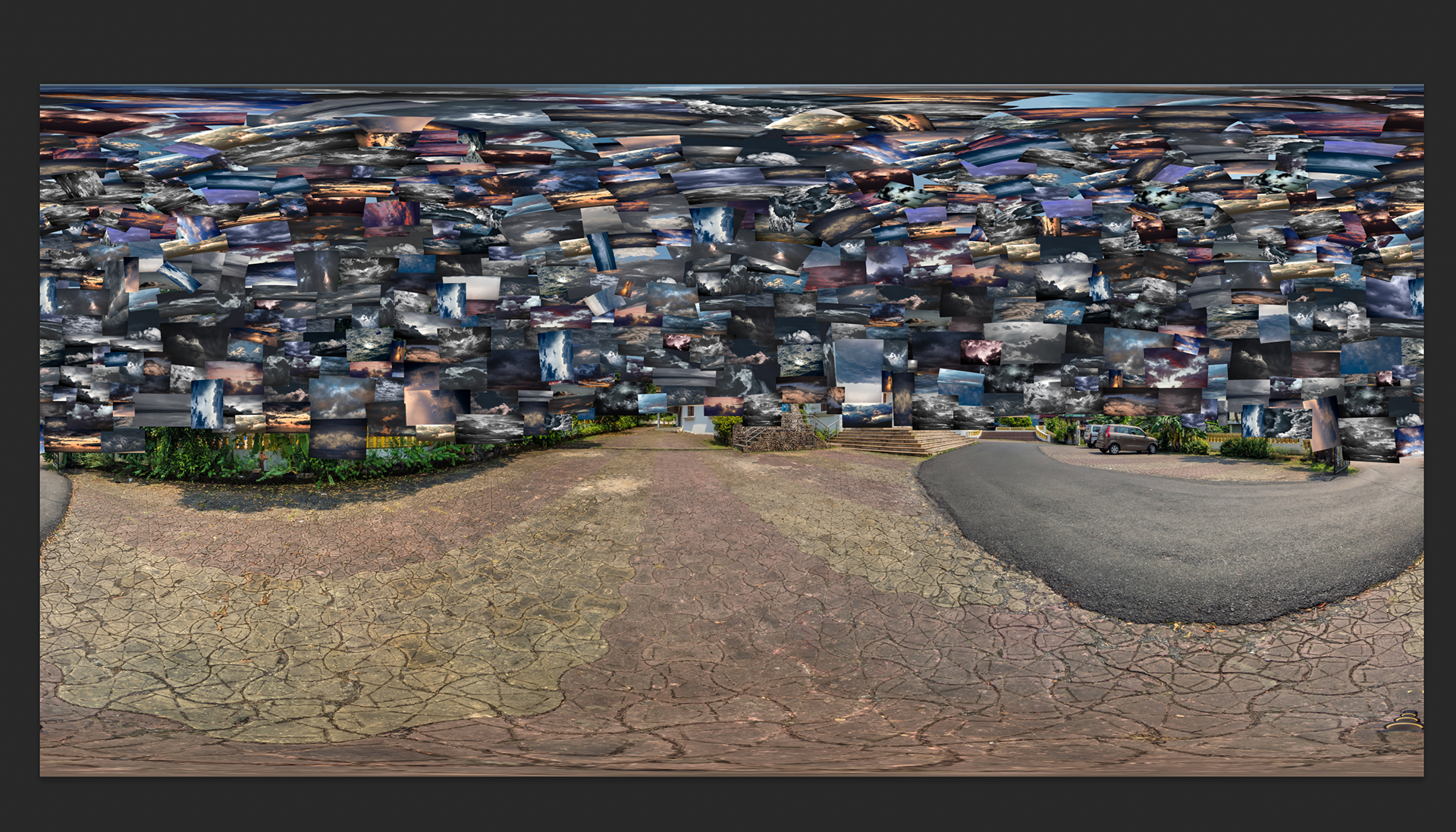
parAId touches upon the philosophy of what it means to be a human and how the boundaries between humans and machines are blurred amidst the presence of media. I created a 360 collage experimental video to create a spatial representation of my thoughts regarding the current landscape of the relationship between humans and machines within the context of mass media culture. Humans are becoming more like machines physically and psychologically while machines are assuming positions that determine humanness and shape humanness. Within the visual presentation of a parade, parAId touches upon the chaotic influence of media and media addiction that poses issues of the lack of human individuality and the transformation of humans as duplicates of media. As AI progressively advances with new technologies, such as Large Language Models, generative AI, and humanoid speculation evolving before our eyes, the extent to which artificial intelligence and machines participate and shape the domain of humans and humanness will become more uniform and systematic.
While 360 virtual reality often reflects or mirrors reality in the visual presentation with solid structures, the artist’s approach of utilizing collage style emphasizes commentary between uncorrelated objects to create dialogue regarding the media landscape. Created in Adobe Photoshop and Adobe Premiere Pro, the artist utilizes a two dimensional approach to distinguish the setting as separate from reality, yet a representation of a possible reality. In the experience, the collage style develops a space that also represents the current media landscape that’s intermixed, yet interconnected. Within the parAId, there are many allusions to the current state of mass media culture and the different statuses embedded within this world. The user is swarmed with visual information and is locked in position to witness what is occurring rather than become an active participant that is able to interact and shift the media landscape. Hence, this work acts and serves more as a projection of future relationships of humans and machines to allow the user to ponder the current direction of media development.
